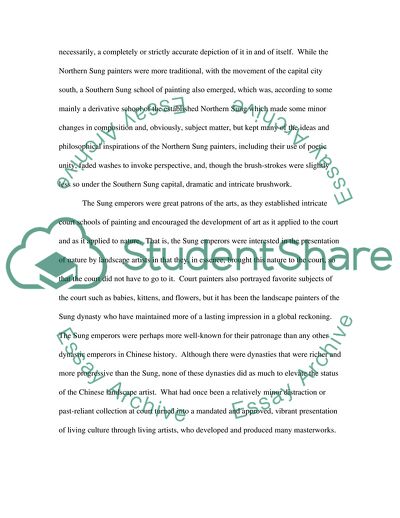Cite this document
(Comparing and Contrasting Sung Painting with Northern and Southern Article, n.d.)
Comparing and Contrasting Sung Painting with Northern and Southern Article. https://studentshare.org/performing-arts/1723258-visual-arts-127b-arts-of-china
Comparing and Contrasting Sung Painting with Northern and Southern Article. https://studentshare.org/performing-arts/1723258-visual-arts-127b-arts-of-china
(Comparing and Contrasting Sung Painting With Northern and Southern Article)
Comparing and Contrasting Sung Painting With Northern and Southern Article. https://studentshare.org/performing-arts/1723258-visual-arts-127b-arts-of-china.
Comparing and Contrasting Sung Painting With Northern and Southern Article. https://studentshare.org/performing-arts/1723258-visual-arts-127b-arts-of-china.
“Comparing and Contrasting Sung Painting With Northern and Southern Article”. https://studentshare.org/performing-arts/1723258-visual-arts-127b-arts-of-china.


